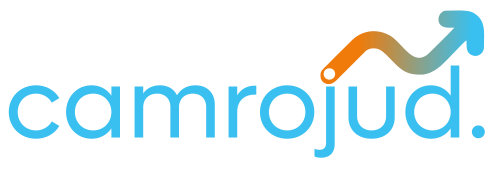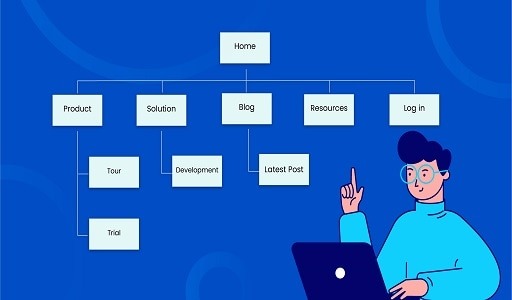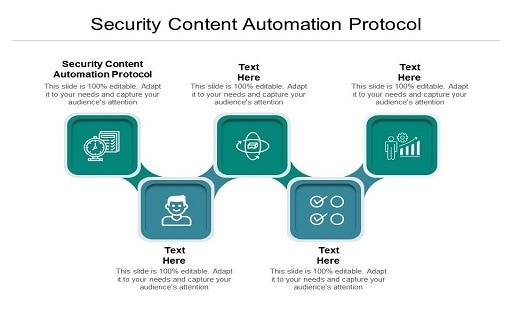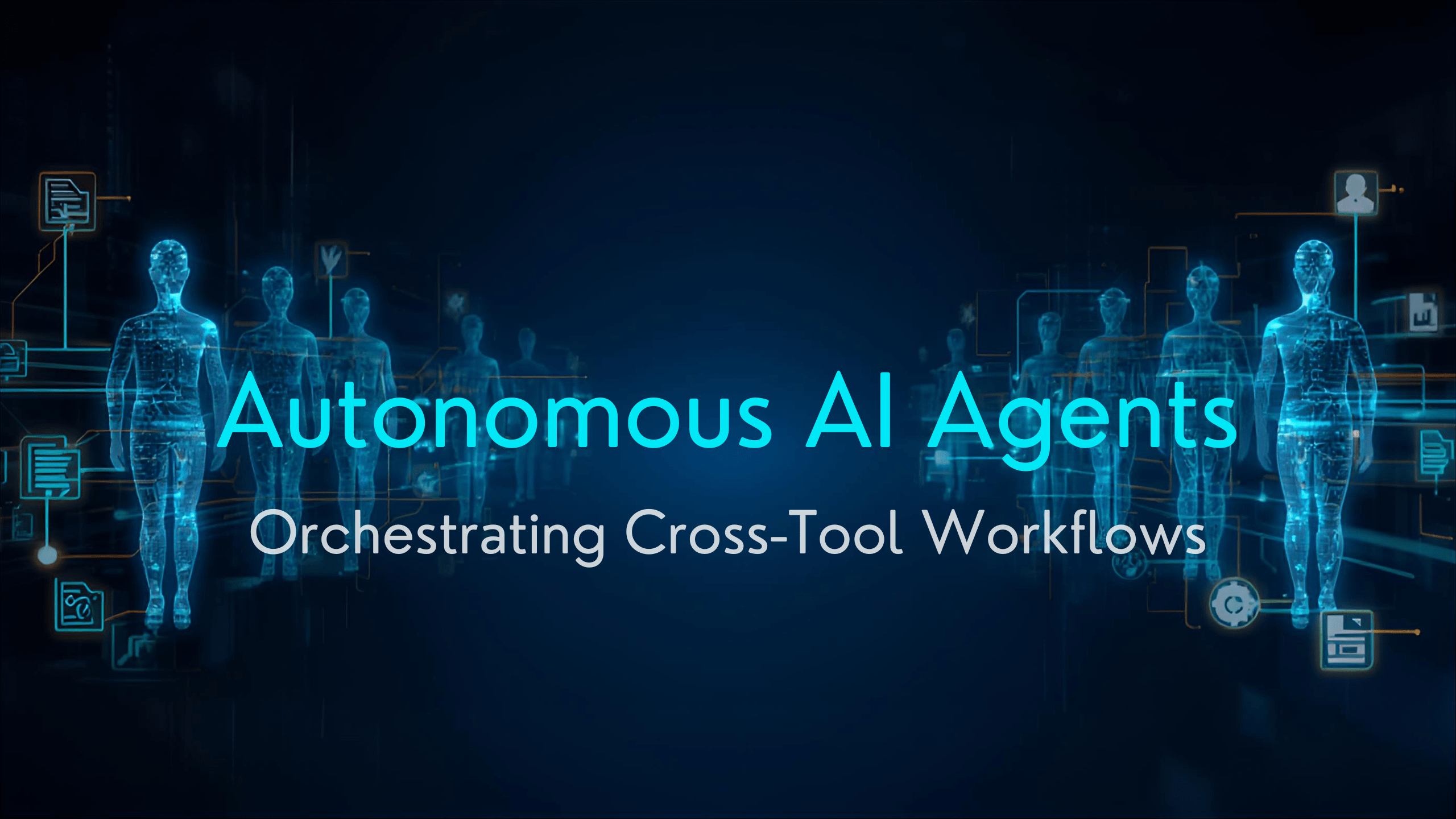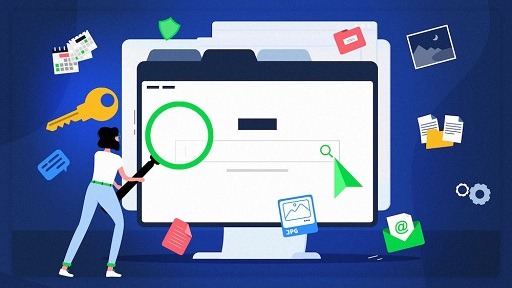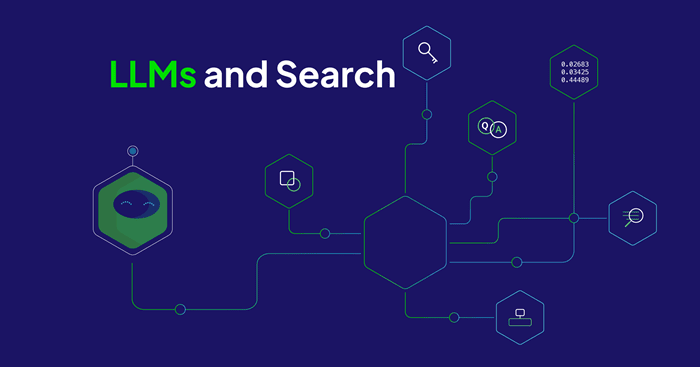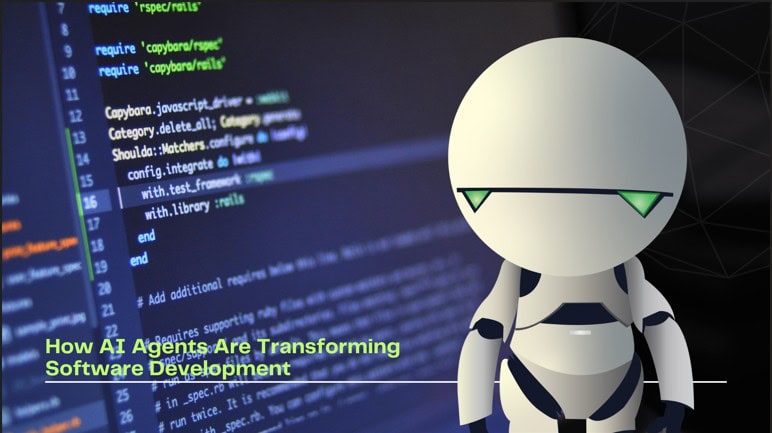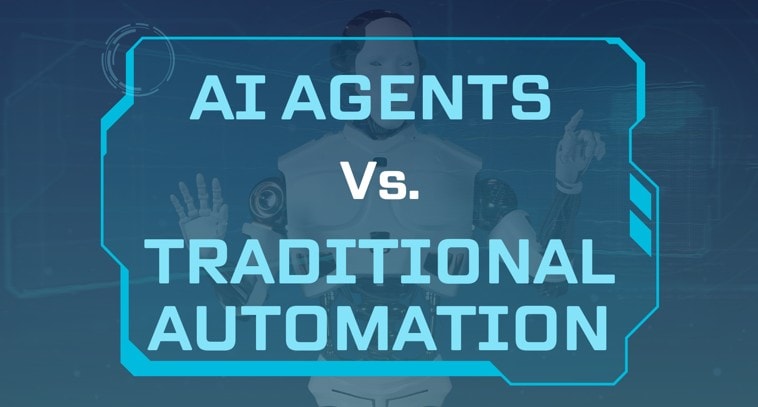The way people search online is changing very fast. With the rise of AI tools, more users are starting to explore alternatives to Google, so we need to optimize for AI search because:
- ChatGPT now has over 300 million weekly users.
- Perplexity is handling 100 million queries each week.
- And for the first time since 2015, Google’s global market share has dipped below 90%.
AI-powered search is gaining momentum, and it’s bringing both exciting opportunities and real challenges for brands.
On the bright side, there’s huge potential to boost visibility and generate demand in ways we have never seen before.
But it’s not without its downsides. From copyright issues to rising infrastructure costs and the never-ending question of how to measure ROI.
Even though the tools and platforms are changing, one thing remains the same: People still want answers. Whether they’re using a search engine, flipping through a product catalog, or chatting with an AI assistant, their goal is simple and that is finding the information they need fast.
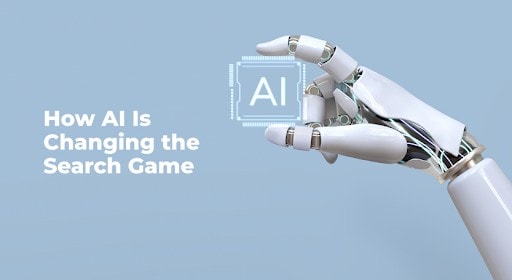
The challenge for brands now is to keep up with that speed. In AI search, your content needs to be easy to find and quick to deliver, or you risk getting lost in the noise.
Welcome to the New Era of AI Bots in Search
For the past 20 years, online search has put the burden on users, requiring time, clicks, and effort to find answers.
But AI search is flipping the script now. It streamlines the entire customer journey, delivering information directly through AI platforms, often without users needing to visit multiple websites.
Because of this change, we’re already starting to see changes in how traffic flows online. Bots are increasingly doing most of the tasks, discovering, scanning, and serving up website content on behalf of consumers.
You can also read: What is a Spam Bot: Explained
AI is now handling more of the tasks people used to manage themselves. And it’s not just a trend, it’s becoming the norm. Gartner, for example, predicts that search engine volume will drop by 25% by 2026, thanks to the rise of AI chatbots and virtual assistants.
So, what exactly does this new bot-driven landscape look like?
There are several types of crawler bots shaping how AI platforms gather and deliver information:
- OAI-SearchBot: Works like a traditional search engine bot (think Google or Bing), crawling and indexing web pages to improve search results.
- GPTBot: Gathers web content to train and refine OpenAI’s large language models (LLMs).
- ChatGPT-User: Taps into existing indexes (usually Bing’s) to fetch live, real-time results.
While these bots may crawl websites similarly, AI bots are built differently. They use natural language processing (NLP) and machine learning to understand not just the words on your site but the meaning behind them.
That’s why it’s so important to make sure your content is accessible, clear, and optimized for these new crawlers. AI platforms can only reference what they know, and if your content isn’t showing up in their data, your brand might be left out of key conversations.
As of February, ChatGPT’s main model is trained on information up to June 2024, which means it won’t have the latest news, weather, or sales unless it’s using real-time search integrations like Bing’s.
That’s where retrieval-augmented generation (RAG) comes in. AI tools use live indexes to fill in the gaps, helping them respond with up-to-date answers.
But if those indexes don’t have your content, then you’re invisible to AI.
So, what’s the bottom line here? To stay relevant in this AI-powered search, brands need to be as findable to bots as they are to people.
Optimizing your site for AI crawlers isn’t optional; it’s your new competitive edge.
Practical Steps to Start Your AI Bot Optimization Journey
1. Start with a Smart Audit
Before you can optimize for bots, you need to understand how they interact with your site and how that data is used for indexing or AI model training.
Begin with a technical SEO audit. The same issues that cause problems for Googlebot, such as indexing errors or broken links, can also trip up newer AI-powered bots, which are often less advanced.
You can also read: Effective Website Crawling Optimization Strategies
Next, take a close look at how your content (and your competitors’) is showing up across search engines and AI platforms.
- Are there gaps in visibility?
- Are bots missing key pieces of your site?
Keep in mind that if a bot doesn’t crawl your content, it can’t index it, train on it, or show it to users.
This stage helps you decide what content you want bots to discover, what should be combined or cleaned up, and what, if anything, you want to block from AI crawlers.
Explore Your Log Files
Your log files are a goldmine of insights. They show you:
- How bots are finding your content
- How often do they visit
- What they’re looking at
Look at user agent logs to identify which bots are crawling your site, like Bytespider (TikTok), GPTBot (OpenAI), or ClaudeBot (Anthropic).
Ask yourself:
- What content are they accessing?
- How frequently are they crawling?
- Are they focusing on high-value pages or wasting time elsewhere?
Pair this with traffic and engagement data to understand how bot activity relates to actual user visits. This gives you a clearer view of ROI and helps shape your content and crawling strategy moving forward.
Think Beyond the Technical; Be Strategic
Log file analysis isn’t just for developers. It’s a strategic move.
By studying how bots behave on your site, you can:
- Spot performance bottlenecks
- Fine-tune how your site is crawled and indexed
- Boost your visibility across both traditional search engines and AI platforms
In a world where bots are becoming the new gateway to your brand, understanding their behavior is key to staying visible, discoverable, and competitive.
2. Set Clear Goals and Build a Smart Governance Plan
Before exploring deeper into bot optimization, take a step back and ask:
What are your website’s goals?
How do you want your content to be used, and by whom?
From there, look at the costs involved, such as:
- The opportunity cost of bots crawling (and potentially overloading) your site
- The impact on your infrastructure and resources
Once you have a clear idea of your expected ROI, it’s time to develop a governance strategy. This means deciding:
- Which bots should have access to your content
- Which bots to block due to copyright concerns, misuse, or scraping risks
Some publishers are already leading the way by restricting bot access to protect their content. Your team should be aligned on these decisions to ensure you’re balancing visibility, performance, and protection.
Once you’ve outlined the bots that matter most for your brand, make sure your content is up to date and ready to be crawled again, especially by search engines and AI platforms.
To do this:
- Keep your XML sitemaps new and accurate
- Use IndexNow to signal updates to supported search engines
- Consider direct content submissions to Bing for faster indexing
3. Keep Optimizing: And Don’t Forget the Basics
Just like with traditional SEO, optimizing for AI search isn’t something you do once and then walk away from. It’s an ongoing process.
You can also read: How to Optimize Crawl Budget for SEO
You’ll need to regularly:
- Fine-tune your approach
- Monitor performance
- Stick to the core fundamentals that make your site healthy and crawlable
These basics include:
- A clear and logical information architecture
- Updated and well-structured sitemaps
- Fixing issues like duplicate or thin content
Why matters because organic search performance still heavily influences AI visibility. For example, in Google’s AI Overviews:
- About 75% of the featured links also rank in the top 12 positions organically
- 90% come from the top 35 results
AI tools often pull from existing search indexes, so if you’re ranking well, you’re more likely to be seen.
Even if users aren’t clicking on the link, showing up in these AI-generated responses builds brand awareness and trust.
To stay ahead:
- Focus on your most valuable content
- Monitor what’s working
- Identify and fix underperforming areas
High organic rankings don’t just help with AI Overviews; they also boost your visibility across platforms like Google Search, Meta AI, and even voice assistants like Siri.
4. Prioritize Valuable, Unique Content
Google emphasizes the importance of non-commodity content; the kind that’s genuinely useful, specific, and satisfying for readers. AI systems reward content that helps users, not just tick SEO checkboxes.
You can also read: How to Optimize Crawl Budget for Large Websites Like a Pro
5. Use Structured and Machine-Friendly Formatting
Make your content easy for AI to parse:
- Use rich formatting: headings, bullets, FAQs, and How-To guides.
- Implement clear schema markup (like FAQPage or HowTo) so AI can index and surface your content accurately.
6. Answer Questions Clearly and Concisely
Put a short, direct answer (40–60 words) near the top of your page; structured like a snippet or answer box. That way, AI systems can easily pick it up to use in responses.
7. Combine Traditional SEO with AI Strategies
Keep your fundamentals strong, good backlinks, high CTR, and domain trust still matter. They feed into AI-generated responses alongside your structured content.
8. Build Your Authority (E-E-A-T)
Trust remains crucial. AI systems, like those behind Google Overviews and chat answers, value content from authoritative sources. Be sure timelines are correct, sources are credited, and your content showcases real expertise.
9. Adapt to AI-First Discovery
AI doesn’t just index pages, it synthesizes knowledge across formats. Be prepared with text, visuals, FAQs, or formatted answers. Your content should be structured so AI models can easily reference it.
You can also read: What Is A Sitemap: Explained
10. Watch for AEO / GEO Trends
New optimization methods are emerging:
- Answer Engine Optimization (AEO) focuses on how AI chatbots present answers, not just SEO.
- Generative Engine Optimization (GEO) helps brands ensure their data is trustworthy and discoverable in AI responses.
Guide to AI Search Optimization
| Move | Why It Matters |
|---|---|
| Write unique, helpful content | AI surfaces what solves real reader questions |
| Structure and markup your content | Helps AI tools understand and extract your info |
| Leading with clear answers | AI can pull them directly into results |
| Keep traditional SEO strong | Trust signals still elevate AI visibility |
| Prove your expertise | AI platforms cite authority-rich sources |
| Adapt content format | Multimodal content increases discovery chances |
| Embrace AEO and GEO practices | They prepare you for AI-led search outputs |
Looking Ahead
There’s no fixed playbook just yet; we’re all adapting as AI search evolves.
But one thing is clear: sticking to SEO best practices while learning how AI search works is the smartest way forward. Continue testing, continue learning, and remain flexible.
